Filter Vial General Information
About Filter Vials & Frequently Asked Questions
About Filter Vials
Thomson Filter Vials are a single system which replaces HPLC Vials, HPLC Caps, Syringes, & Syringe Filters for the filtration of samples. In 15 seconds, Thomson Filter Vials allow for sample preparation of unfiltered samples to filtered samples in an autosampler-ready vial.
Key Features
- Same Size as a standard HPLC Vial and will fit easily into any machine or tray available for standard HPLC vials.PTFE, PVDF, PES and Nylon membranes are available depending on the percentage of organic solvent in the sample and the amount of protein binding
- Pore sizes of either 0.2μm or 0.45μm will provide the perfect degree of filtration needed from viscous to clarified samples
- Versatility is built into Thomson's line of Filter Vials. Whether your samples are low volume or viscous or particulate-laden or contain a high volatility organic solvent Thomson has a Filter Vial to fit your needs
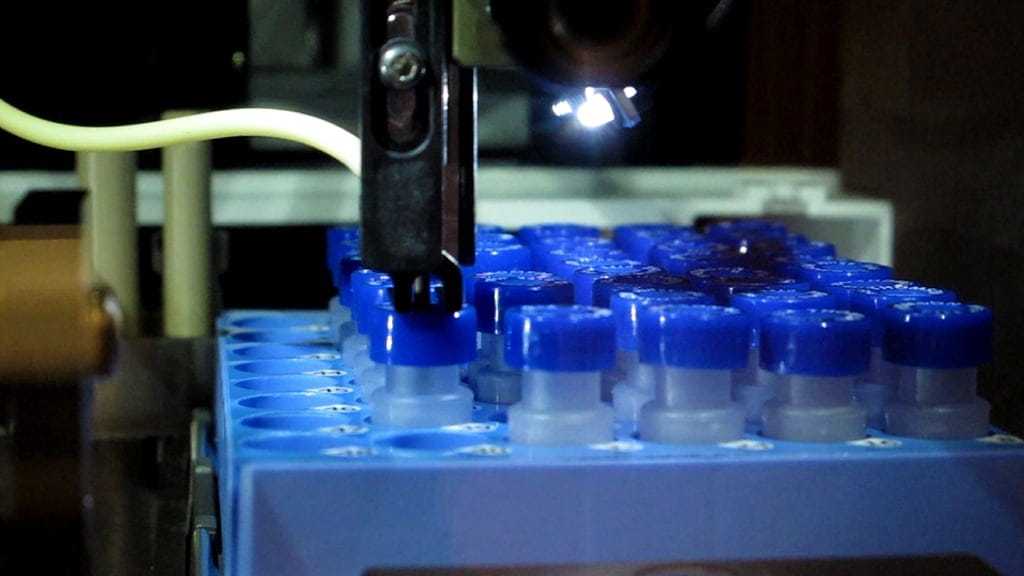
How Filter Vials Work
Similar to how a french press works...
Similar to how a french press (cafetière à piston) works, Filter Vials filter particulates out of the sample with similar membranes used in syringe filters. The pressing of the plunger into the shell vial forces the sample up through a filter to separate the particulates from the sample to be analyzed. Thomson has several filter membranes and pore sizes to choose from making the Filter Vial a versatile tool in the lab.
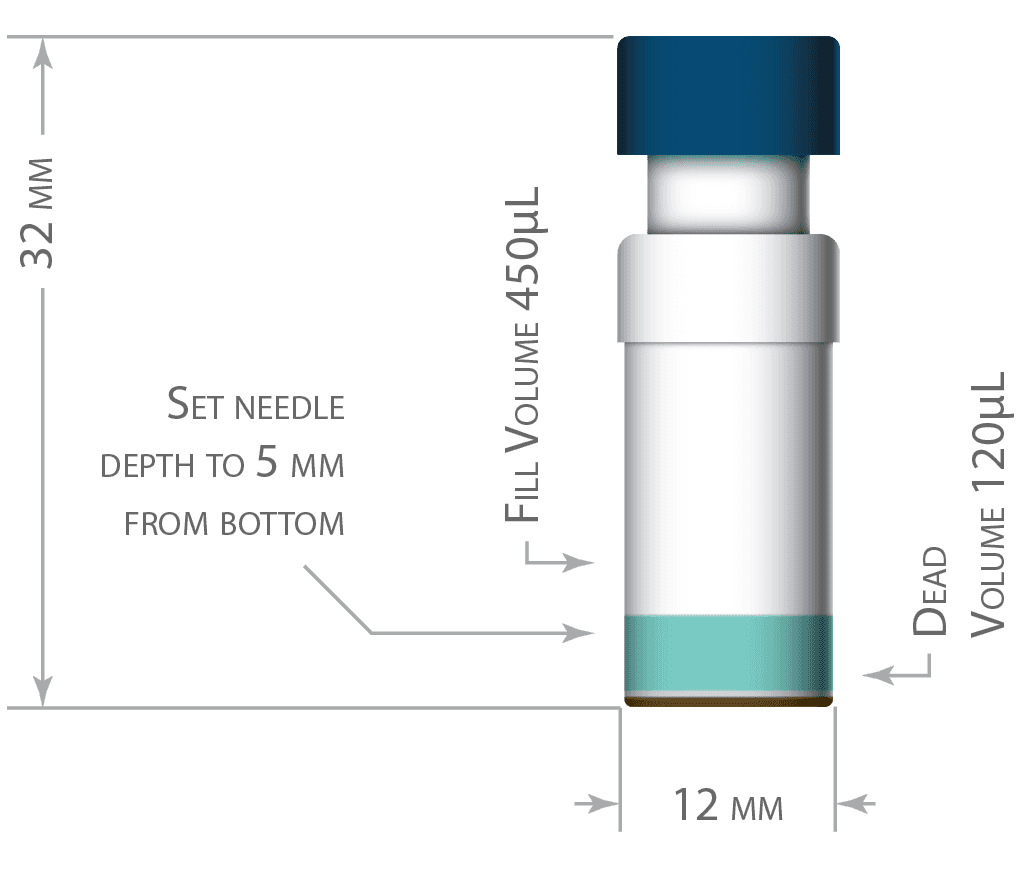
Standard Filter Vial Specifications
Syringe Filter Built In
equivalent to a syringe filter built into your HPLC vial
Filter Vials are equivalent to a syringe filter built into your HPLC vial. Even a sample that appear clear to the eye potentially have particulates that can clog the machine and cause down time and costly maintenance. Filter Vials increase productivity by eliminating a transfer step required when using a syringe filter.
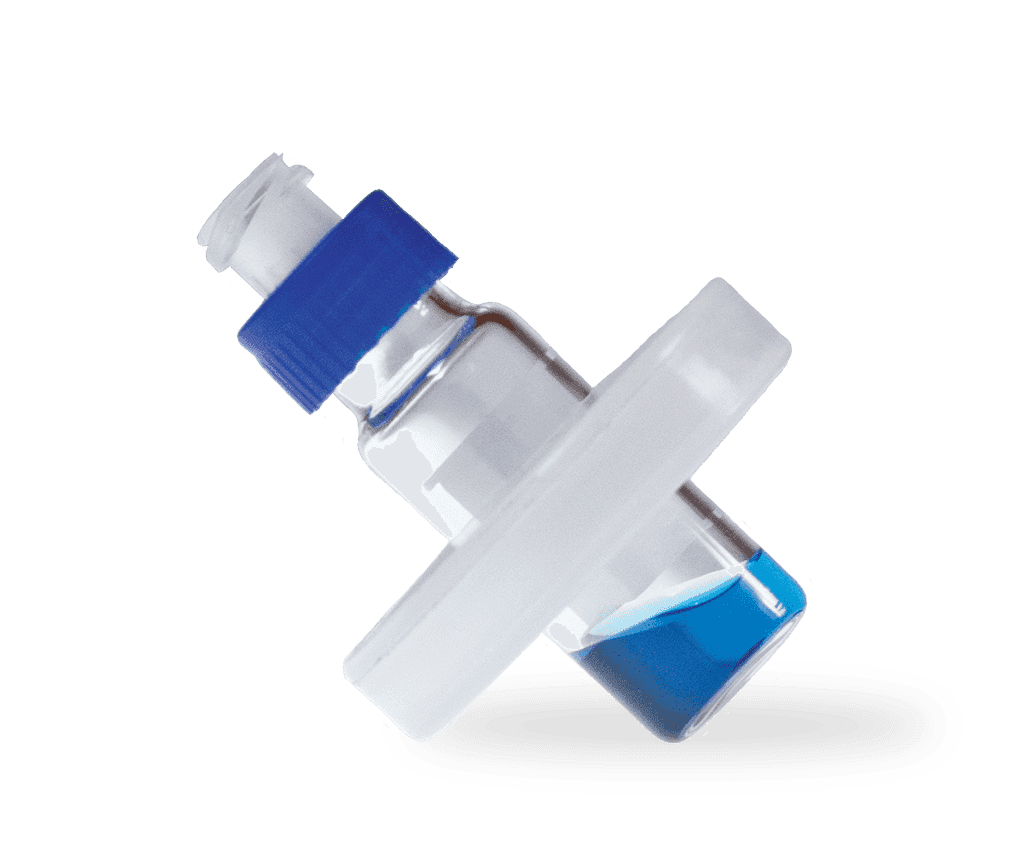
Filter Vials are like HPLC vials with a syringe filter built in
Filter Vials Are Fast
Easy As 1, 2, ... Done!

In two steps
- Deposit 450μL of sample into shell vial
- Insert plunger into the outer shell & press
15 seconds
In two steps and 15 seconds you can have a safe and secure sample for analysis. If you need to filter more than one sample the use of a Toggle Press (up to 5) or Multi-Use Press (up to 48) can be used.
You can prepare a safe particulate free sample in less time than it takes to in the time it takes to open the syringe packaging and add the syringe filter.
Filter Vial Membrane
Pore Size
The recommended membrane pore size for sample filtration is based on the cell or cell debris content of the sample and the particle size of the packing material in the chromatography column used to analyze the sample. If the sample contains cells or cellular debris, then a 0.2μm pore size membrane is recommended to maintain system sterility.
Which to use?
- 0.2μm Pore Size
- Cells or Cell Debris in Sample
- Chromatography Column Particle Size <3μm
- 0.45μm Pore Size
- Chromatography Column Particle Size >3μm
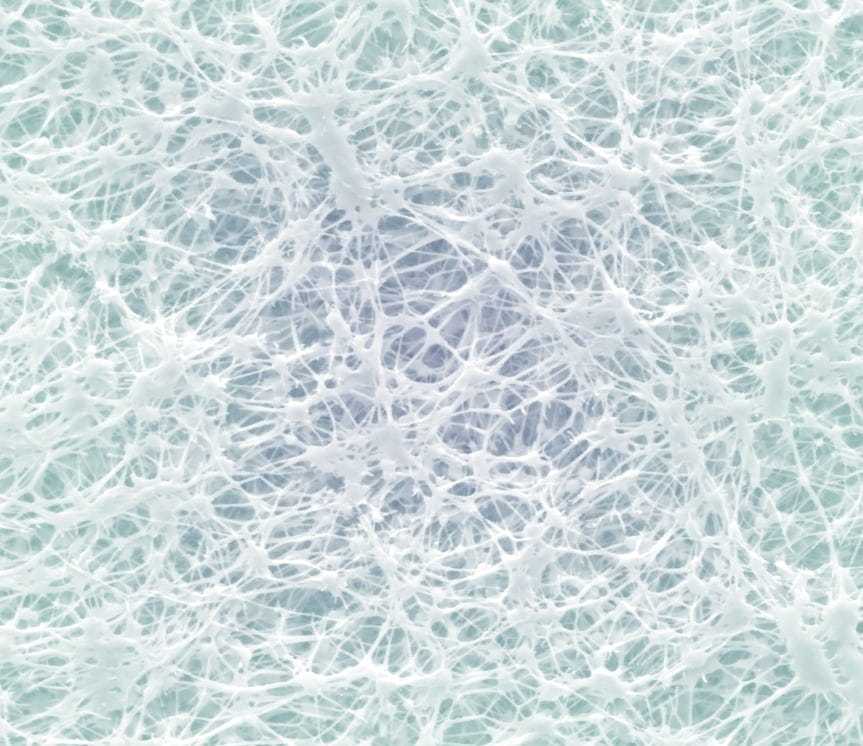
Membrane Material
The recommended membrane for sample filtration is based on the percentage of organic solvent in the sample and the amount of protein binding.
compatibility
For chemical or compound compatibility with our Filter Vials & membranes see the Chemical Compatibility Index & Compound Compatibility Index in our Technical Library
| Aqueous | >50% Organic | Low Protein Binding | |
|---|---|---|---|
| PTFE | |||
| PVDF | |||
| Nylon | |||
| PES |
What do Filter Vials Replace in the Lab?

What do Filter Vials Replace in the Lab?
Thomson Filter Vials simplify general filtration by replacing syringes & syringe filters, microcentrifuge spin columns, and/or liquid-liquid extractions.
Applications for Thomson Filter Vials include all sample types to be analyzed by HPLC, UHPLC, LC-MS, and GC-MS.
Optimize your SPE, D-SPE or QuEChERS Workflow
Thomson Filter Vials simplify general filtration by replacing syringes & syringe filters, microcentrifuge spin columns, and/or liquid-liquid extractions.
Applications for Thomson Filter Vials include all sample types to be analyzed by HPLC, UHPLC, LC-MS, and GC-MS.
Plasticizers Content in Filter Vials
Compared to Syringe Filters
Introduction
Testing by Takeda Pharmaceutical Company Limited® UPLC - ELSD*
*Thomson is not affiliated with Takeda Pharmaceutical Company or its subsidiaries
Thomson Filter Vials are manufactured without the use of plasticizers or mold release agents, making them LC/MS clean. Testing with ELSD, PDA, and MS detection by Takeda Pharmaceutical showed no leaching from Thomson Standard Filter Vial with a 0.45um, PTFE membrane compared to significant leaching from Millipore Millex-FH® Filter, 0.45M, hydrophobic PTFE, 4mm. Method: A. Water B. ACN 45-90% with .05% TFA Ballistic Gradient over 1.4 minutes using Waters® Acquity® UPLC Thomson Filter Vial Part # 35540-500 Filter Vial 0.45μM hydrophobic PTFE, w/ Pre-Slit Cap Millipore Syringe Filter Part #:SLFHR04NL Millex-FH® Filter, 0.45M, hydrophobic PTFE, 4mm, non-sterile.
Method
A. Water
B. ACN 45-90% with 0.05% TFA
Ballistic Gradient over 1.4 minutes using Waters® Acquity® UPLC
Thomson Standard Filter Vial
0.45μm hydrophobic PTFE, w/ Pre-Slit Cap
Part #: 35540-500
Millipore* Syringe Filter
Millex-FH® Filter, 0.45μm, hydrophobic PTFE, 4mm, non-sterile.
Part #: SLFHR04NL
*Thomson is not affiliated with Millipore or its subsidiaries

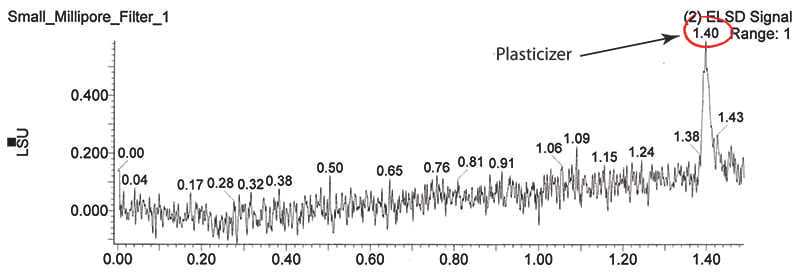
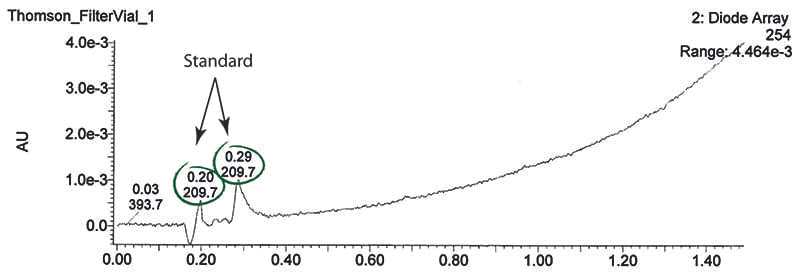
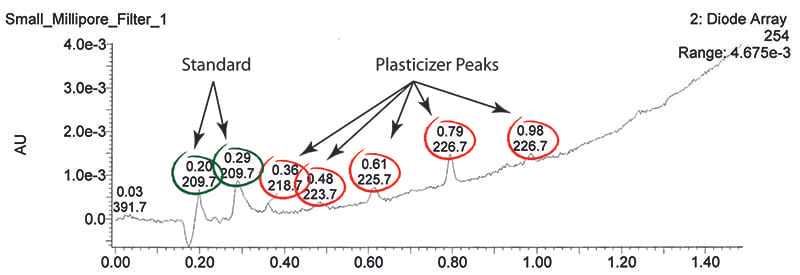
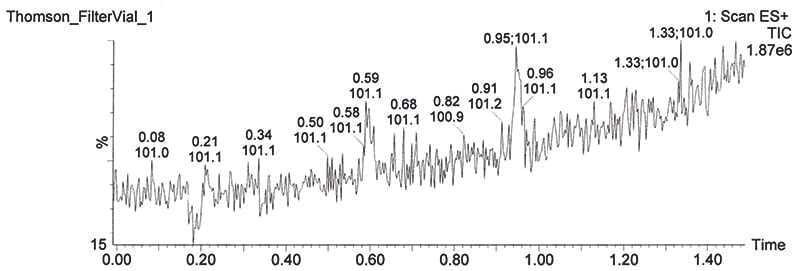

Increase Signal-to-Noise Ratio with Thomson Filter Vials
For more targeted & accurate peaks
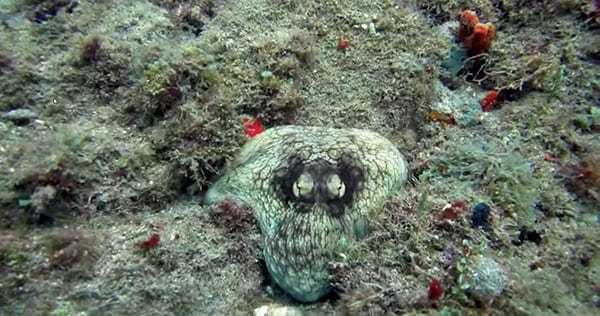
Matrix Effects & Ion Suppression:
Analytes are obscured by the matrix like the octopus in this photo is difficult to find among its surroundings.
Low Signal to Noise Ratio
Difficult to find analyte in the matrix
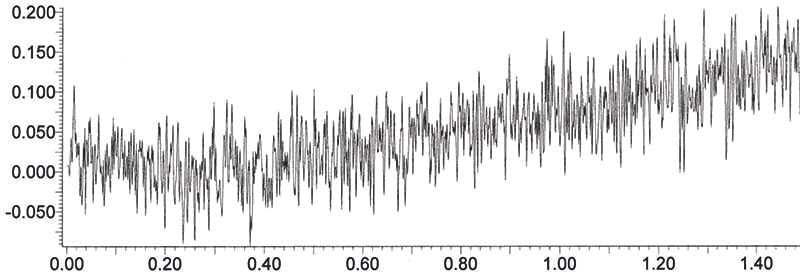
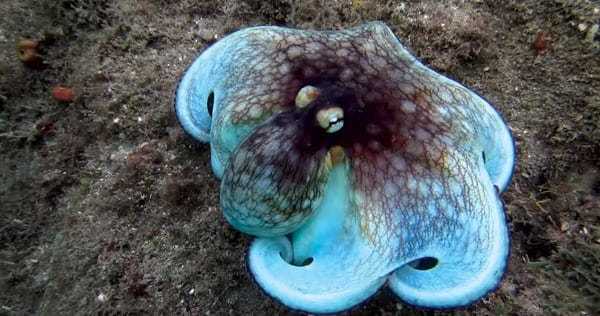
Strong Signal; Noise Lessened:
By adding compounds to the eXtreme|FV® the signal to noise ratio is increased allowing you to find the analyte with ease.
High Signal to Noise Ratio
In this example the addition of C-18 to eXtreme|FV® with your sample binds excess compounds to C-18 and the Matrix clears up allowing you to see analyte peaks
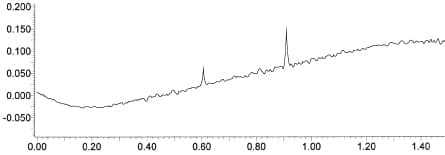
General Information Links
FAQ's
Frequently Asked Questions
- What are Filter Vials?
Filter Vials are a revolutionary device for in-line filtration for liquid and gas chromatography.
Standard Filter Vials have a pre-slit cap for easy needle puncture.
eXtreme|FV® have a multi-layered pre-filter that allows for filtration of solids and other particulates that would not allow any items through. This gives the ability to replace multiple syringe filters with one eXtreme|FV®.
- What will my benefits be of my lab standardizing on Filter Vials?
Thomson Filter Vials give the ability to protect your HPLC or LCMS, UHPLC, GCMS like an oil filter protects the car. One wants to eliminate any particulates floating throughout the system.
- What needle depth do you set your autosampler for all of Thomson Filter Vials?
5mm from the bottom.
- What autosamplers does the Filter Vial work in?
The Filter Vial fits in any autosampler that uses 12x32mm or 2mL vials . Most autosamplers such as Agilent® and Waters®.
- What is the Filter Vial made out of?
It is made from Virgin PP tested by LCMS.
- What chemicals or compounds are compatible with Filter Vials & membranes
For chemical or compound compatibility with our Filter Vials & membranes see the Chemical Compatibility Index & Compound Compatibility Index in our Technical Library
- What is the dead Volume in the Filter Vial?
120μL
- What is the fill volume?
The total volume is 450μL or up to the fill line
- Where does the liquid go when you squeeze?
The liquid or sample goes into the plunger part of the Filter Vial while the particulates are filtered out.
- Which membrane would I use for a 51%+ Organic based sample?
Use PTFE or Teflon® membrane.
- Which membrane would I use for a 51%+ Water based, which membrane?
Use PVDF (preferred), PES (mostly used for mammalian antibodies) , Nylon (older not as clean) membrane.
- What membrane size should I use with 2μm or 5μm HPLC columns?
The membrane that would be best for 2μm column would be .2μm Thomson Filter Vials. We have seen in some cases doubling and tripling of life span.
The 5μm columns we would recommend the .45�μm Thomson Filter Vials. We have seen in some cases doubling and tripling of life span.
- What do I do if I have a protein?
We recommend for mammalian or Eukaryotic Cell using PES membrane .2μm. for Prokaryotic Cells (e.coli and fungi) we would recommend PVDF .2μm.
- What if we are looking for food filtration?
We would use the eXtreme|FV® for foods due to the possibility of large particulates. We would use either Nylon or PVDF.
- What if we are looking for Corn Ethanol filtration?
We would use the eXtreme|FV® for foods due to the possibility of large particulates. We would use either Nylon .2μm or .45μm.
Thomson is not affiliated with Waters® and Agilent® or their products. Teflon is a registered trademark of Teflon.